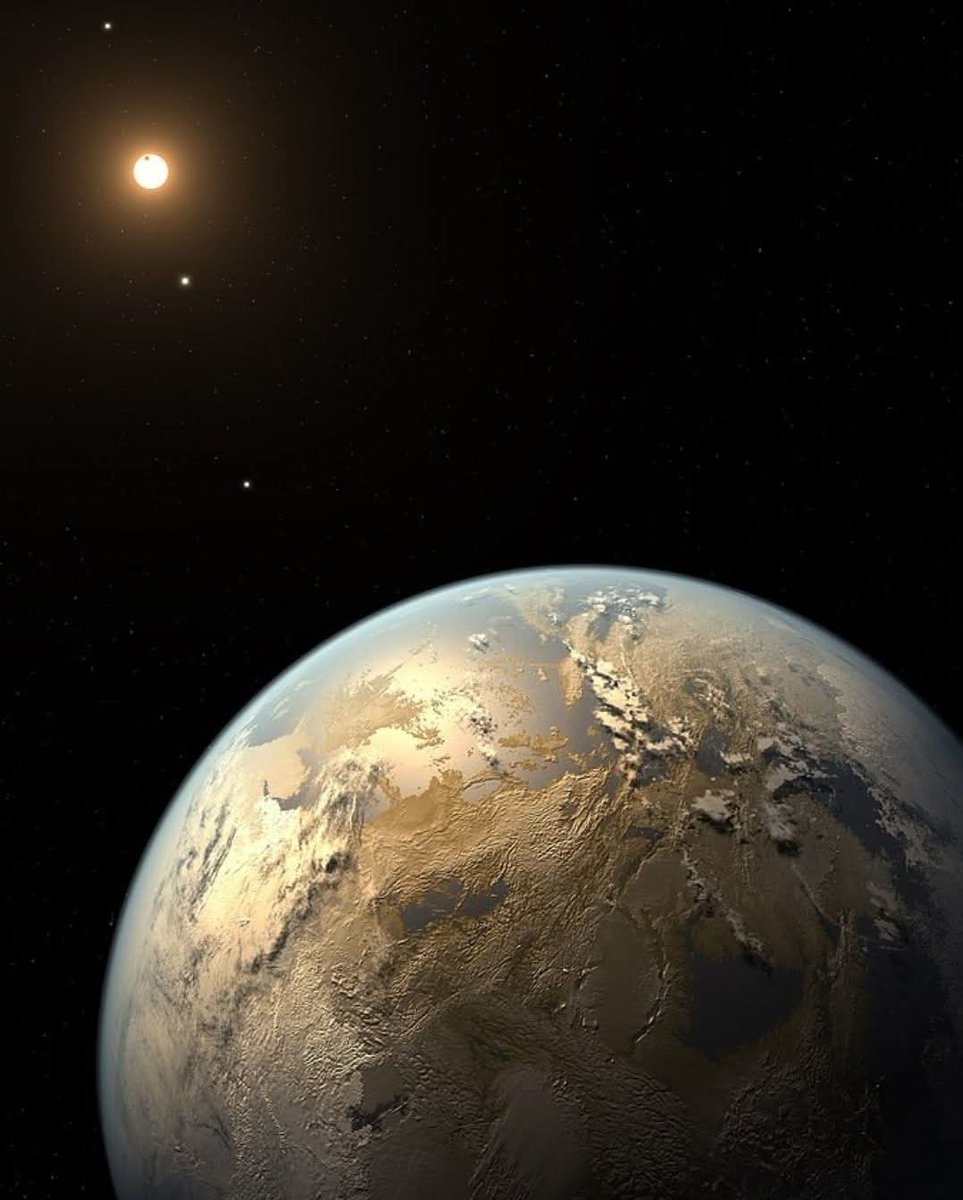[GUEST ACCESS MODE: Data is scrambled or limited to provide examples. Make requests using your API key to unlock full data. Check https://lunarcrush.ai/auth for authentication information.]  Black Hole [@konstructivizm](/creator/twitter/konstructivizm) on x 756K followers Created: 2025-06-22 14:20:00 UTC Kepler-186f was the first Earth-like exoplanet ever discovered orbiting in the habitable zone of its star, making it a landmark in the search for alien worlds. This planet was found in 2014 by NASA's Kepler Space Telescope, orbiting a red dwarf star about XXX light years from Earth in the constellation Cygnus. It is nearly the same size as Earth, only about XX percent larger in diameter. However, unlike Earth, it receives less sunlight, suggesting it may be cooler, depending on the thickness and composition of its atmosphere. Kepler-186f takes XXX days to orbit its star, which is smaller and cooler than our Sun. Its position in the habitable zone means liquid water could exist on its surface, though we cannot yet confirm its atmosphere or surface conditions. Astronomers discovered the first exoplanet in 1992, orbiting a pulsar. Later in 1995, they found one around a Sun-like star. This sparked a decades-long search for a true Earth twin. After years of searching, Kepler-186f became the first real candidate. Do you think life could exist on this Earth-like exoplanet? Image Credit: NASA  XXXXXX engagements  **Related Topics** [constellation](/topic/constellation) [Post Link](https://x.com/konstructivizm/status/1936791283756151037)
[GUEST ACCESS MODE: Data is scrambled or limited to provide examples. Make requests using your API key to unlock full data. Check https://lunarcrush.ai/auth for authentication information.]
 Black Hole @konstructivizm on x 756K followers
Created: 2025-06-22 14:20:00 UTC
Black Hole @konstructivizm on x 756K followers
Created: 2025-06-22 14:20:00 UTC
Kepler-186f was the first Earth-like exoplanet ever discovered orbiting in the habitable zone of its star, making it a landmark in the search for alien worlds.
This planet was found in 2014 by NASA's Kepler Space Telescope, orbiting a red dwarf star about XXX light years from Earth in the constellation Cygnus.
It is nearly the same size as Earth, only about XX percent larger in diameter. However, unlike Earth, it receives less sunlight, suggesting it may be cooler, depending on the thickness and composition of its atmosphere.
Kepler-186f takes XXX days to orbit its star, which is smaller and cooler than our Sun. Its position in the habitable zone means liquid water could exist on its surface, though we cannot yet confirm its atmosphere or surface conditions.
Astronomers discovered the first exoplanet in 1992, orbiting a pulsar. Later in 1995, they found one around a Sun-like star. This sparked a decades-long search for a true Earth twin.
After years of searching, Kepler-186f became the first real candidate. Do you think life could exist on this Earth-like exoplanet?
Image Credit: NASA

XXXXXX engagements
Related Topics constellation